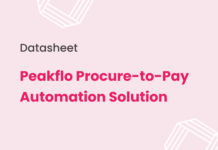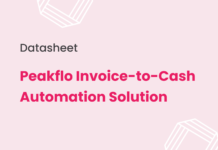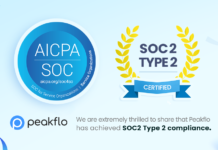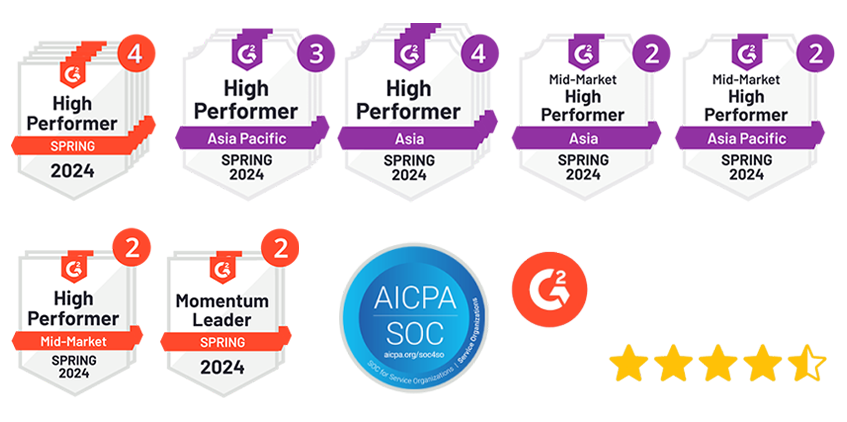In the fast-paced world of restaurant operations, your finance team shouldn’t be spending hours fixing purchase orders just to approve vendor invoices.
But here’s the reality: even the smallest mismatch—say a vendor delivers 101 kilos of chicken instead of the 100 kilos listed on the PO—can derail the entire approval workflow. The system flags it, and suddenly your team is forced to track down the original PO, manually update the quantity or price, and run it back through multiple layers of internal approval.
For a single invoice, that’s annoying. Multiply that across dozens of suppliers and hundreds of deliveries each week, and you’ve got a massive bottleneck that slows down payments and drains productivity.
The Problem: Small Mismatches, Big Headaches
Slight differences between what’s ordered and what’s invoiced are incredibly common in the restaurant industry. Ingredient weights fluctuate. Prices vary slightly based on market conditions. Vendors round up or down. But most systems treat these variances as hard errors, not flexible margins.
So, finance teams are stuck doing the same repetitive task over and over again—manually editing purchase orders and reinitiating approvals just to clear invoices that are mostly accurate.
It’s a time sink that doesn’t add value, and worse, it creates delays in payments, adds friction to supplier relationships, and distracts your team from higher-priority work.
The Smarter Fix: Tolerance Threshold Automation
What if your system could recognize that a 1% price increase or a $10 difference isn’t worth flagging?
With tolerance thresholds, that’s exactly what happens. You can configure rules that automatically approve invoices if they fall within acceptable variance limits—say, a 2% difference in price or a $20 total mismatch.
No need to touch the original PO. No chasing internal approvals. The system handles it, and the invoice gets cleared.
This isn’t just smart automation—it’s a game-changer for finance teams buried in manual processes.
Why It Matters for Restaurant Finance Teams
Restaurants operate on thin margins and tight schedules. Procurement is constant, and any slowdown in the invoice process has ripple effects across operations.
By removing the need to manually edit POs for small discrepancies, you:
- Free up hours of valuable time
- Accelerate invoice approvals
- Maintain strong vendor relationships
- Keep your finance team focused on strategic tasks like spend analysis and forecasting
If your team is still manually editing POs just to approve invoices, it’s time to rethink the process. With tolerance threshold-based matching, you can eliminate unnecessary roadblocks, scale with ease, and bring real efficiency to your AP operations.










![Why AI Sales Calls Are Making Good Sales Reps Even Better [2025 Guide] ai sales calls](https://blog.peakflo.co/wp-content/uploads/2025/09/65168cf6-3001-4733-8cbc-12d5684cf449-218x150.webp)


































